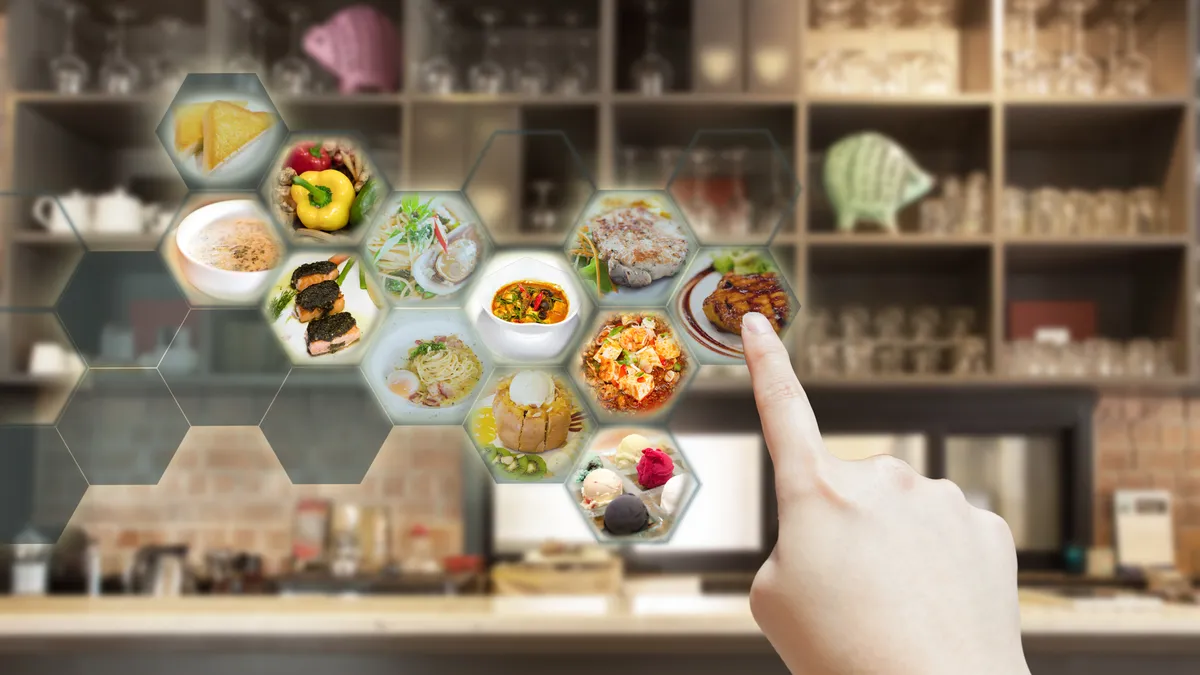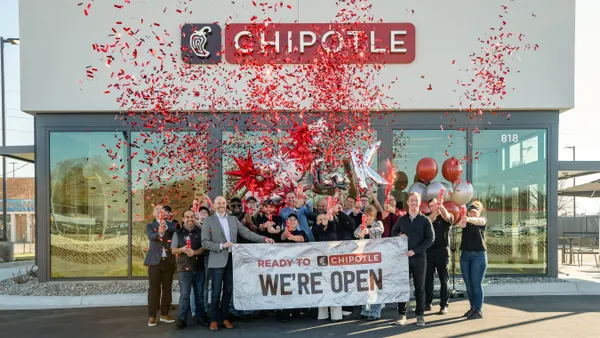Restaurant management is changing. Customer expectations are evolving, and delivering excellent food is just one piece of that critical relationship. Restaurant operations, customer intelligence and support must all work in sync with speed and precision to deliver exceptional experiences consistently, which is why it’s time for restaurants to start thinking like tech companies.
Innovation is driven by customer preference
The face of the restaurant industry changed irreversibly in the past few years and those who weren’t immediately ready to leverage the newest technologies were quickly left behind. Some even had to shut their doors for good. It’s safe to say that this change is here to stay and technology is not just the future of the restaurant industry — it’s the present.
Customers expect you to meet them where they are, which oftentimes means at their front door. Online ordering has skyrocketed in recent years and home delivery isn’t just for pizza anymore. If you don’t have the infrastructure in place to accept online orders and the logistics to efficiently fulfill deliveries, it’s time to start considering how this might affect your long-term business. An omnichannel strategy to deliver exceptional customer experiences is the norm now.
We worked with Ordermark to deliver a system that simplifies the logistics of online orders and delivery for many restaurants through services like UberEats and DoorDash, easing the pain of adopting technology as part of your overall strategy. But online orders and deliveries are just the beginning of what it takes to meet the modern customer’s expectations.
Restaurants are ground zero for innovation
Customers expect nonstop innovation from consumer brands in 2022. Restaurants have long “beta tested” various menu items across different markets, but why should this type of innovative thinking stop at just food? Applying a “continuous innovation” and “beta testing” mindset to all facets of the customer experiences is equally important.
In many QSRs (Quick Service Restaurants), self-ordering kiosks streamline the ordering process for both customers and the kitchen staff. In fast casual and sit down restaurants, self-check-in kiosks allow customers to quickly grab their place in line or let the wait staff know when they’ve arrived for a reservation.
But this experience doesn’t stop with the customers in the lobby — it extends into the kitchen. Orders that come in through apps or self-service kiosks are proactively sorted and prioritized accordingly so the kitchen staff can optimize output. With the right software partner, your POS system, self-ordering kiosks and Kitchen Display System (KDS) all become part of a unified system so everyone from the front of house to back are on the same page. Always.
Applying a software delivery mindset to food delivery
Modern software delivery is all about rapid deployment and constant innovation. The way we see it, restaurants can benefit from both of these things, too. But what does that look like? Testing, analyzing and adjusting according to outcomes are already in a restaurant’s DNA — if a dish doesn’t perform well, it usually doesn’t last long. Testing new customer experiences in an agile way is no different.
For example, you could test a new program that connects your app and other online deliveries to customer loyalty accounts so it tracks each customer’s most-ordered dishes. Then it could automatically generate coupons for that dish for that particular customer — and email them a code. You could do this in a small locale initially, then expand as the program shows positive results on your CRM and other customer data platforms. This is a great example of a “beta test” mindset.
This is the type of personalized experience that modern tech companies aim to deliver — and crucially, that customers now expect. But this is what constant innovation looks like, especially when you start thinking like a tech company.
Esper delivers restaurant device innovation
With Esper’s device management console, testing new experiences has never been easier. If you want to get a new POS integration in a small subset of stores, there’s nothing to it. Then, as the data shows a positive response, you can easily roll this experience out to more stores — as many or few as you want. Or if this program doesn’t generate the results you want, it’s just as easy to roll back.
Modern problems require modern solutions and this is just the beginning of what’s possible when you start asking more of your devices. Esper is a better way to manage all your devices — get in touch with us today to learn more.










